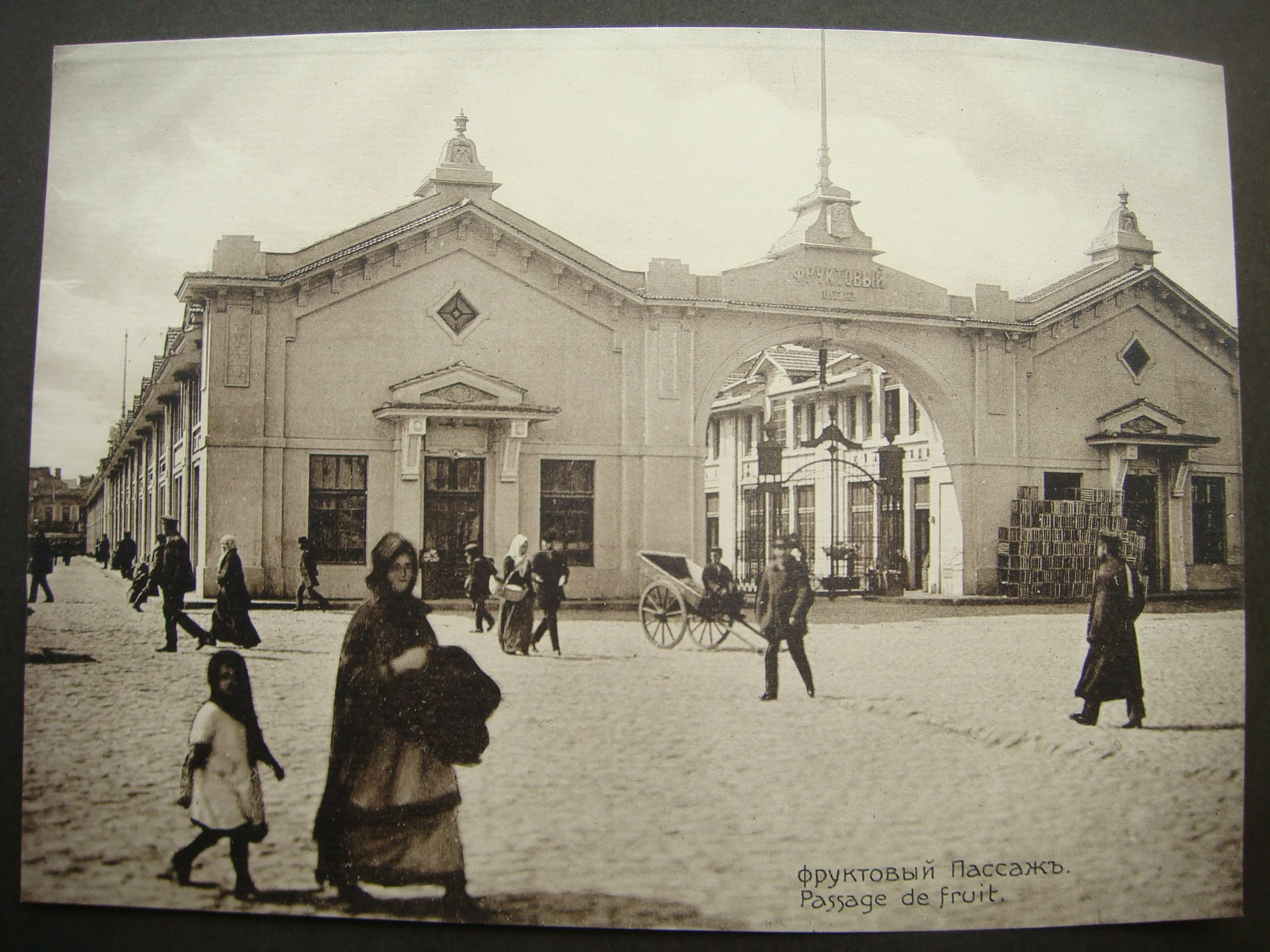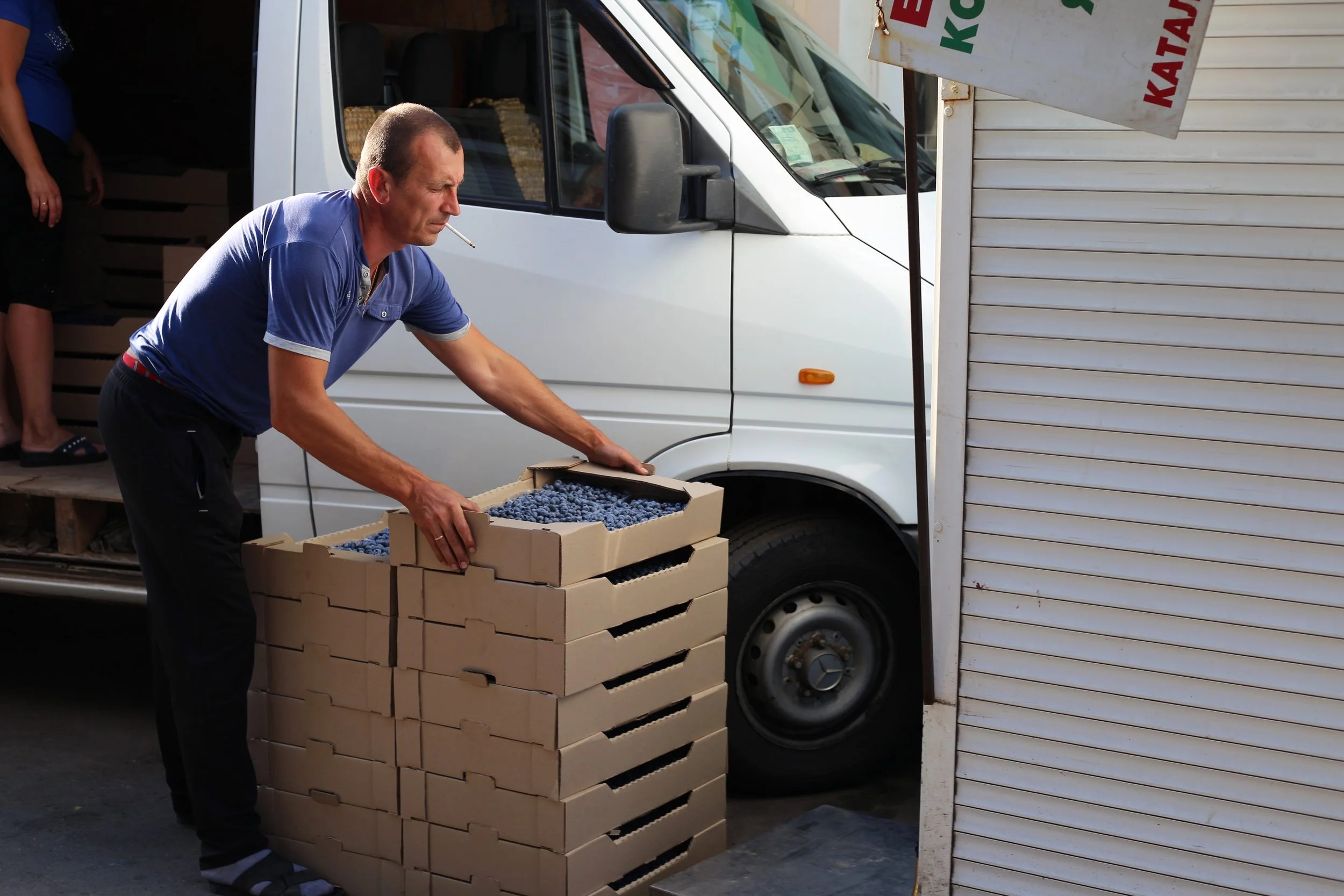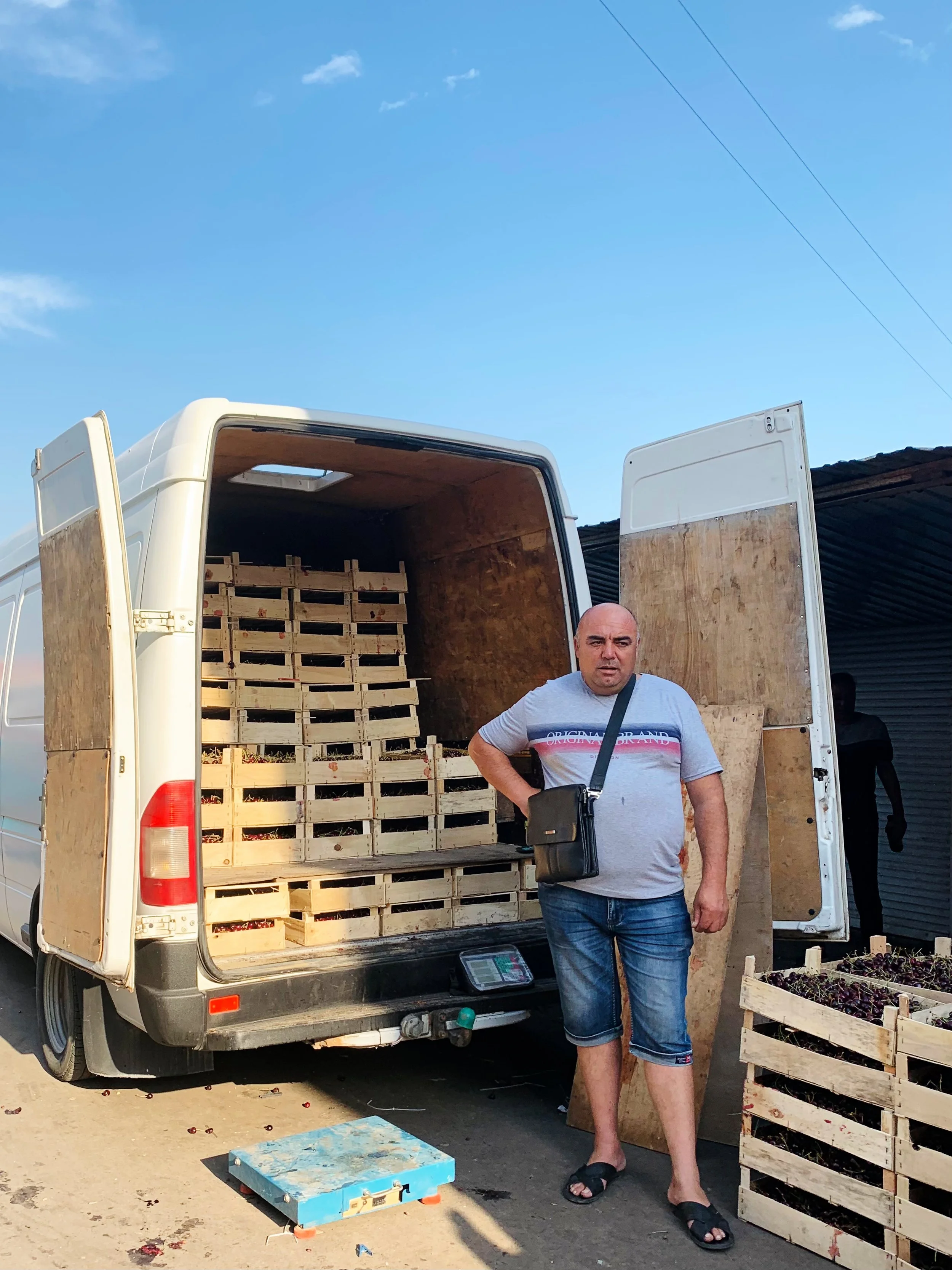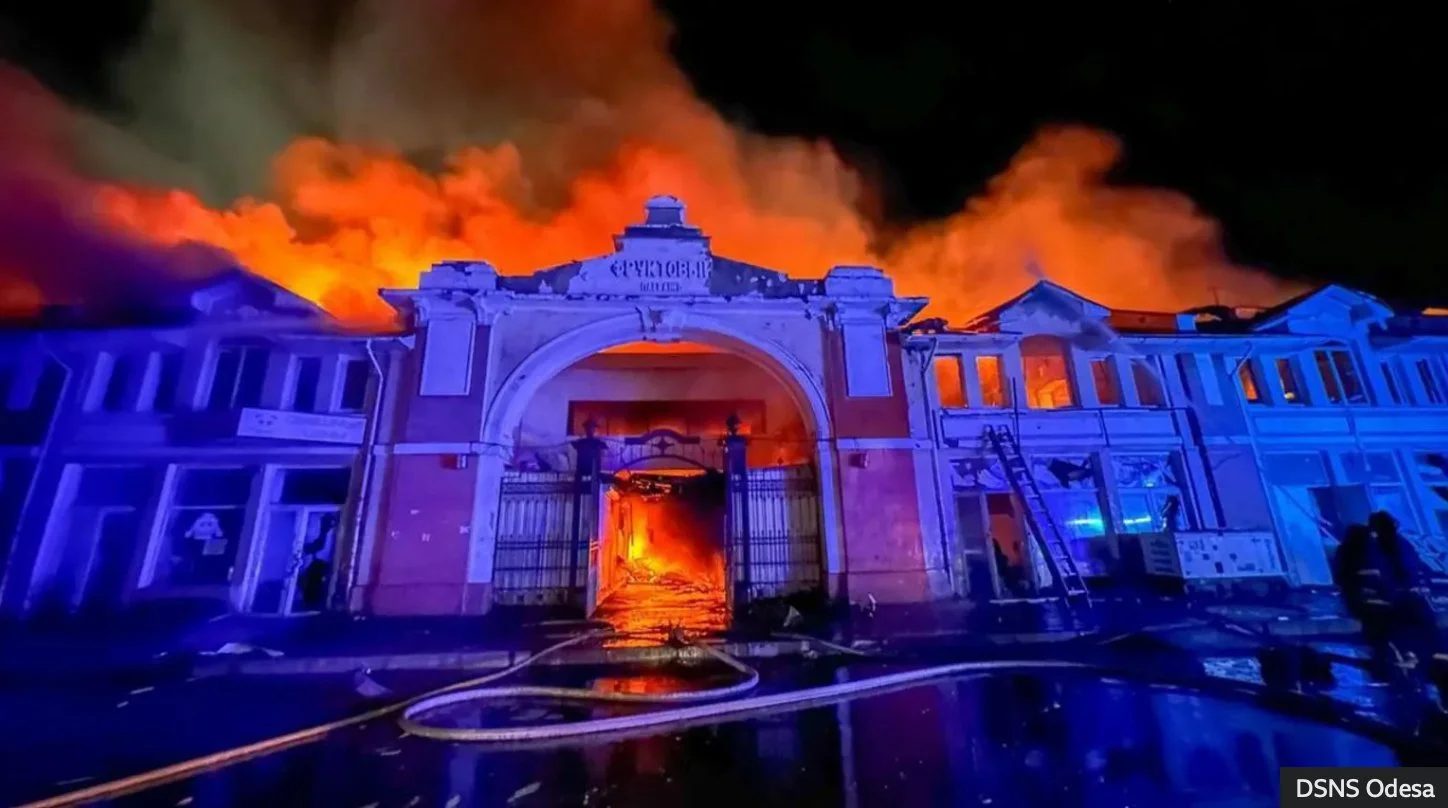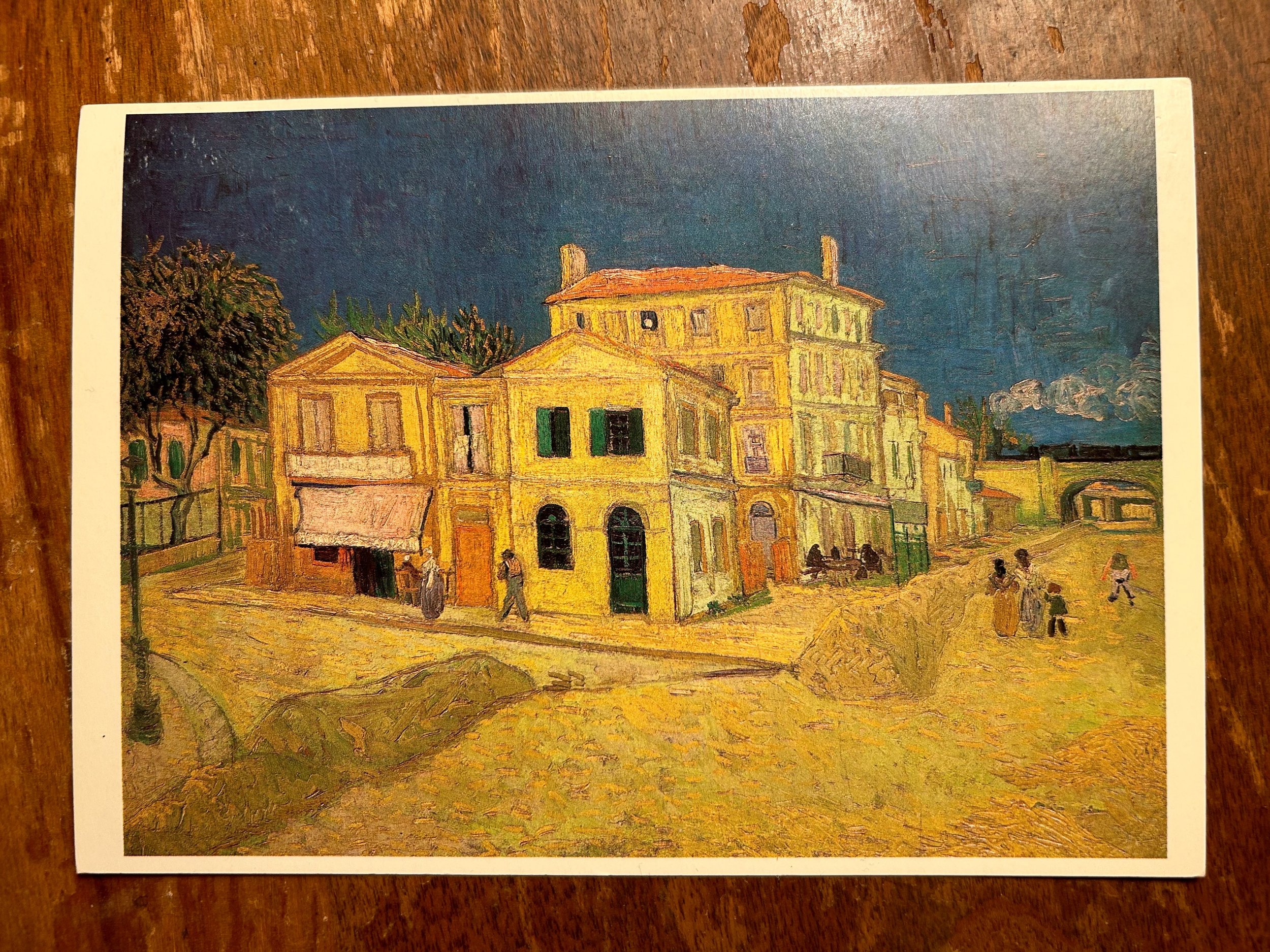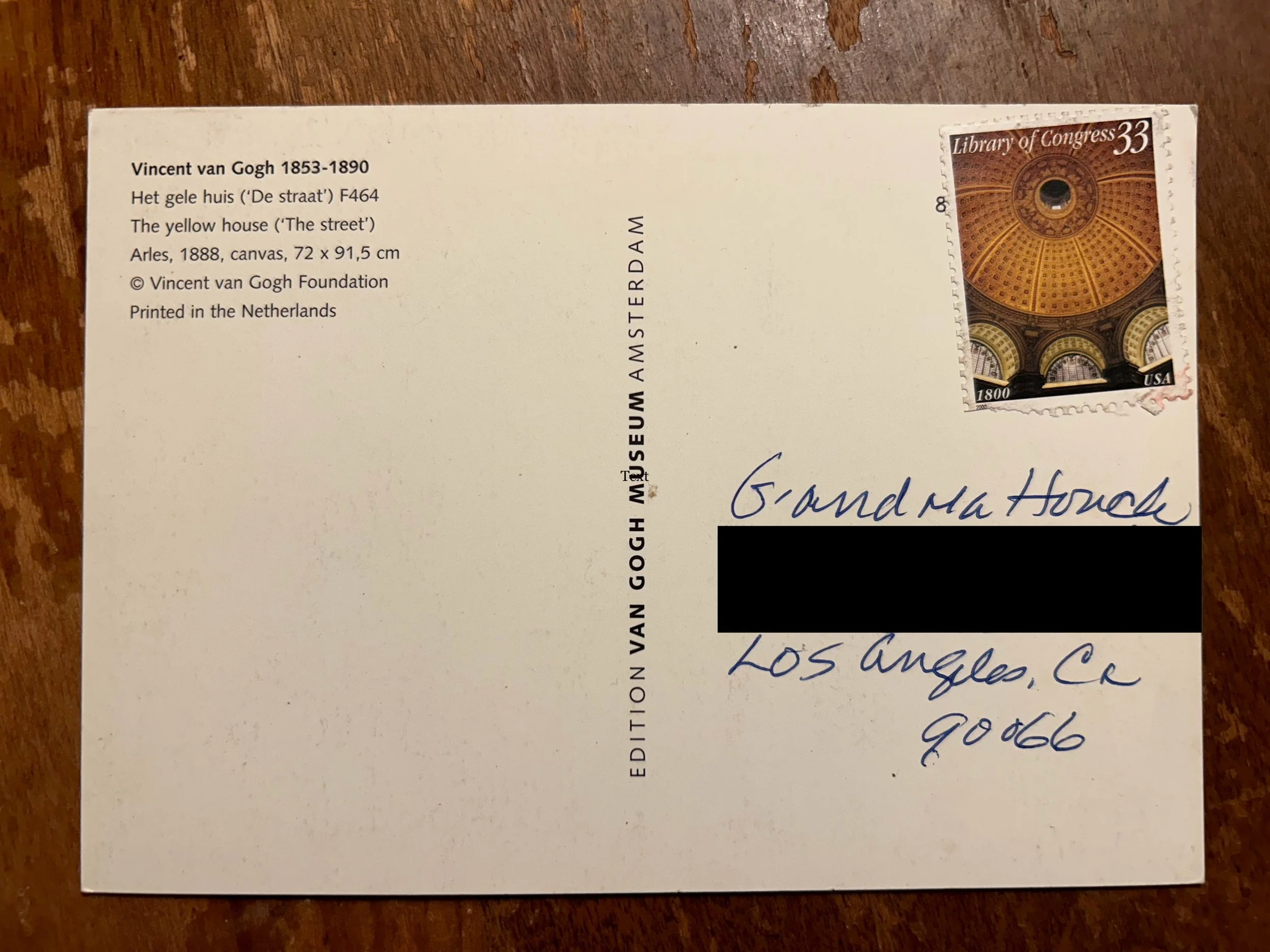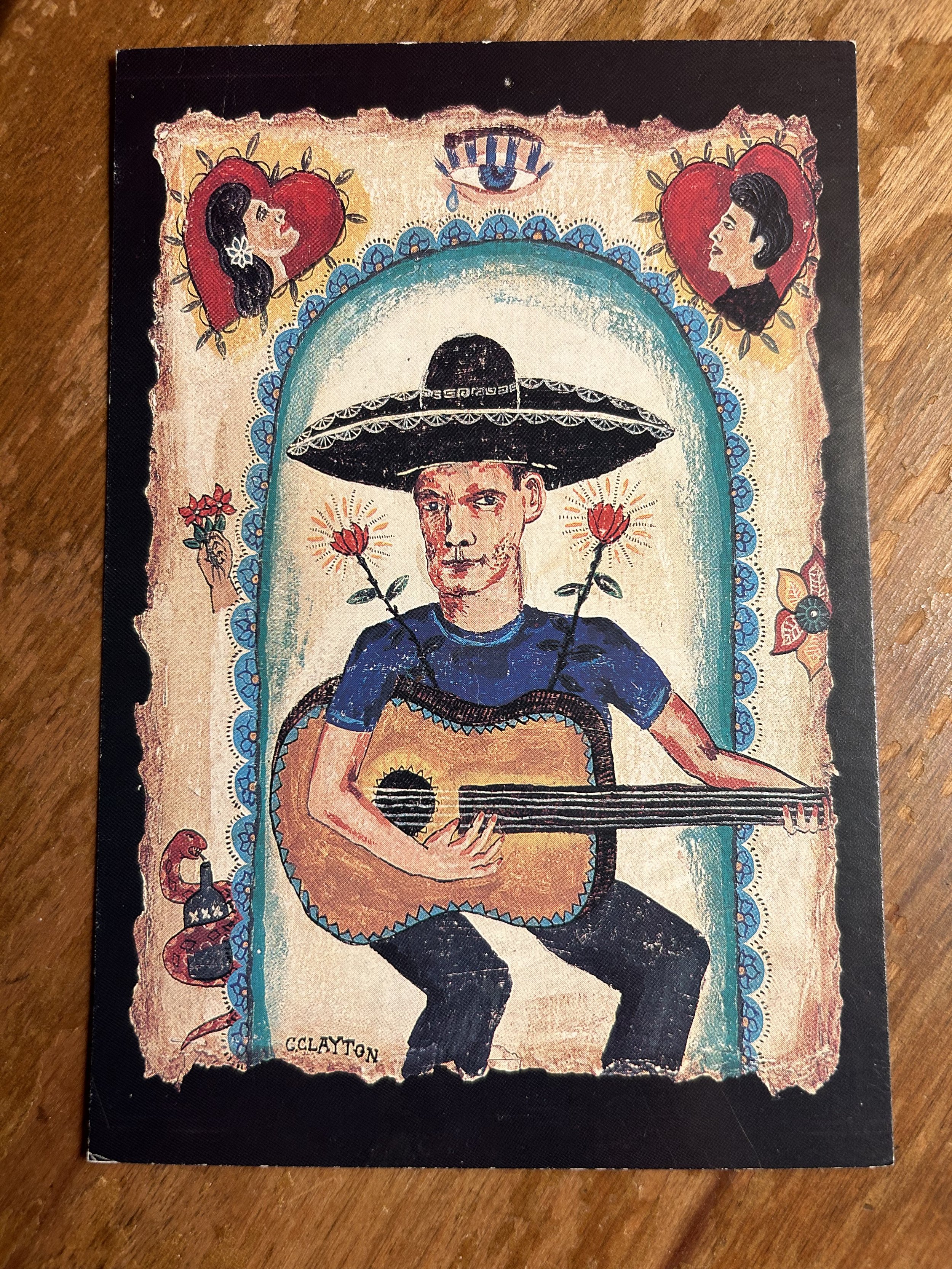When I was a child writing travel stories in spiral notebooks, could I have imagined someday being reviewed in The Washington Post? I don’t think so. For one thing, I didn’t learn of the existence of newspapers other than The Tulsa World until much later.
I admire criticism enormously and, when it’s done well, I find it as suspenseful and engaging as any fiction. The review is a particularly delicate subgenre, however, one that I have struggled with myself. Unless you have a very strong opinion—love or hate—it can be hard to wrestle with hundreds of someone else’s pages in only a few hundred words. (In point of fact, I’ve found it hard to sum up love, as well, so perhaps it is only hate that lends itself to easy-breezy review? I’d be interested to know people’s thoughts here.)
In the time leading up to the publication of a book, it’s hard not to get at least a little nervous. I know I’ve been nervous. For one thing, the person who edited The Extinction of Irena Rey, the excellent novelist Daniel Loedel, just quit his job in publishing to go off and write excellent novels, leaving me to face critiques and readers alone. (Although of course Daniel is around and no doubt ready to duel on Irena Rey’s behalf should such eventualities arise.)
But the other thing is that I finished the manuscript of The Extinction of Irena Rey when I was eight months pregnant with twins and could no longer access the keyboard of my laptop due my sprawling abdominal region (and the football-like festivities therein) and the fact that my third trimester wreaked havoc on all of my body, blurring my vision and giving me carpal tunnel syndrome.
Yet this was nothing in comparison with what came next! Because my ingenious editor, the aforementioned Daniel Loedel, came to me with notes for a massive overhaul of said manuscript when my twins were in their fourth trimester, that is, a time of nobody sleeping ever and everybody weeping all the time (but especially my husband and me), and so, while trying to keep two infants alive, I massively overhauled the manuscript.
It was the best edit I’ve ever done, of anything, and for reasons I assume are obvious, it was the hardest one, too. After that main revision, there was a flurry of smaller ones, and in addition to trying to keep two infants alive, I started a new job. So that in truth I’m not sure how what I wrote got written, and I’m not even entirely sure what parts got cut and what parts stayed in, what I threw in at the last minute, whether I said that thing I meant to say, and whether I took care of all my characters, in the end, because I do love these characters and want them to thrive and be well in the world, but there are a lot of them, and they’re all very strong-willed.
My first book, Homesick, was partly about learning to give up needing a sense of control over the world and what happens. I wrote it in a very controlled way: pristine (I hope) prose, neatly cropped photographs, a logical, chronological narrative that rises to a climax and then subsides, spreading outward like water after the crash of a wave.
But, and even putting the circumstances of writing and revising aside, I wanted The Extinction of Irena Rey to be the opposite of all that. There was a reason I set my second book in Europe’s last primeval forest: I wanted my translator-characters to go wild, and I wanted to go wild with them. (Actually there were several reasons, but I can talk about the other ones some other time.) And nothing is perfect in the forest, everything is unruly and in motion and filthy and uncivilized, even, to our eyes, bizarre.
How lucky I am, then, to have had The Extinction of Irena Rey reviewed by Malcolm Forbes, who brilliantly summarizes everything I hoped to achieve when I set out to write this book. Forbes is famous for his brilliant reviews, of course, which he has written for The Economist, The Wall Street Journal, The Times Literary Supplement, The Los Angeles Review of Books, and lots and lots of other publications. He is an incredible reader, and he is uniquely capable of transmitting both the intellectual and the emotional experience of reading to the readers of his reviews.
How overjoyed I am to read and reread Forbes’ encapsulation of The Extinction:



